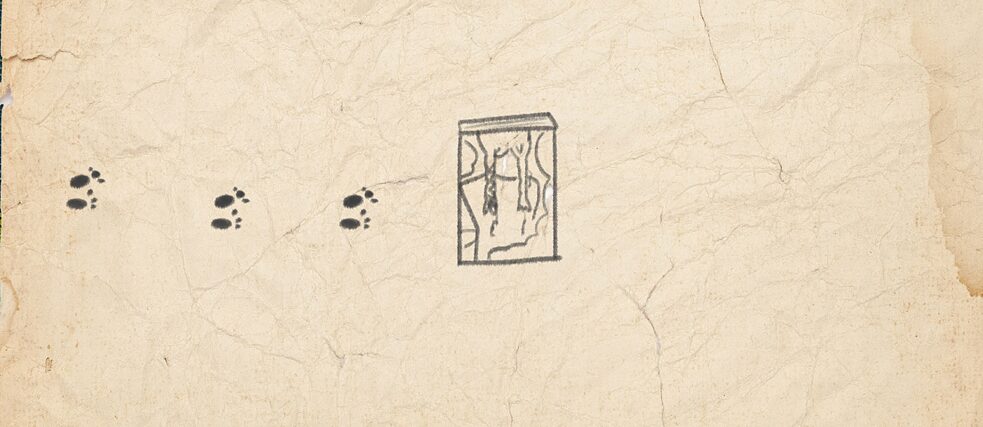Interview with Alejandra Retana Betancourt and María José Retana Betancourt
Indigenous communities are protecting the last natural resources of their regions

How did you find out about your story’s protagonist?
A year ago we started an investigation into women’s participation in the community history of Milpa Alta. One of the first names that people immediately mentioned was that of Doña Herminia Gutiérrez Valencia, one of the few women who led the Comunero movement in the 1970s and 1980s. We found that the mere mention of her name sparked ardent discussions about those years of struggle when Milpa Alta fought for its lands and when its identity was revitalized. We thought Doña Herminia’s story could help our community to remember why it is important to protect these ancestral lands and our Nahua heritage.
What did you learn from the mentorship and other participants?
The workshop and mentorships with Amruta Patil were a great experience. She helped us to keep in mind our personal connection with this story. She gave us key guidance about how to portray our community on the page so our neighbors could recognize the story as authentic and relatable but also that a general audience could easily understand it. From other participants, we learned that Indigenous and native peoples all across the world face similar challenges and issues. The environmental situation is critical and many Indigenous and native communities are protecting the last natural resources of their regions. It gives us hope that, thanks to “Movements and Moments”, more people will get to know these stories of resistance.
What aspect have you found most challenging during the process so far?
The most challenging part of this process was to transform all our investigation into an emotional graphic story so people could understand the human nature of our protagonist and her deepest motives for fighting back against land seizure. Thanks to local chroniclers and people who also participated in the Comunero movement, we were able to collect photographs and audiovisual resources that helped us to design characters and settings, which was another very huge challenge.
How are you trying to give back to the community?
We will print some copies and distribute them to local libraries and community centers. Our main concern is that this story returns to the people it belongs. We are also looking into translating it to Nahuatl, the Indigenous language of Milpa Alta, which unfortunately is an endangered language.